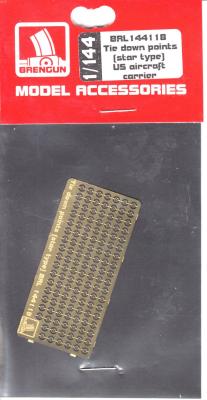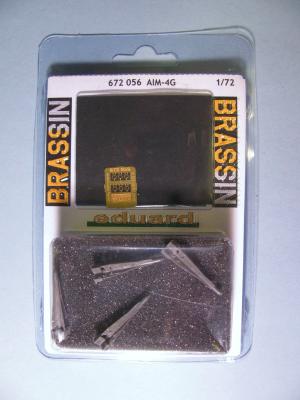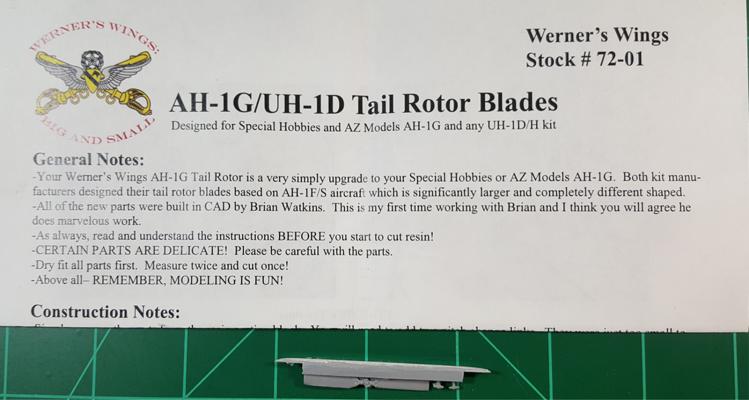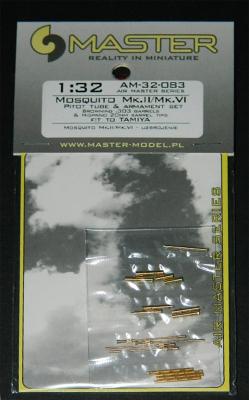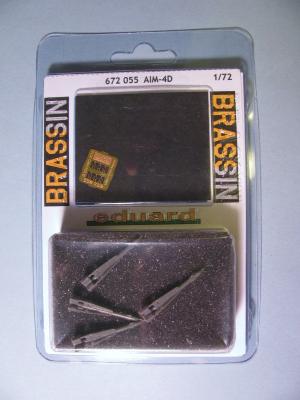This is my second review of Brengun Carrier tie downs. The first was the “cross” style. This is the newer, more modern star type.
These items are used as the anchor for tying aircraft or anything else that needs to not move, to the deck. A hook at one end of the tie down is put around one of the star legs and the other end is adjusted to hold the aircraft in place.
On the WW2 wooden deck carriers, the tie down anchor was a long piece which ran from one side of the deck to the other, replacing one of the boards in the wooden deck. After the Navy went to steel decks and angle deck carriers, they used a cross type anchor.
Today’s supercarriers use the star type anchor. They can be either yellow or white, depending on what year you’re doing the model. I kind of suspect that when the deck tractors changed over from yellow to white, the anchors changed color too.











